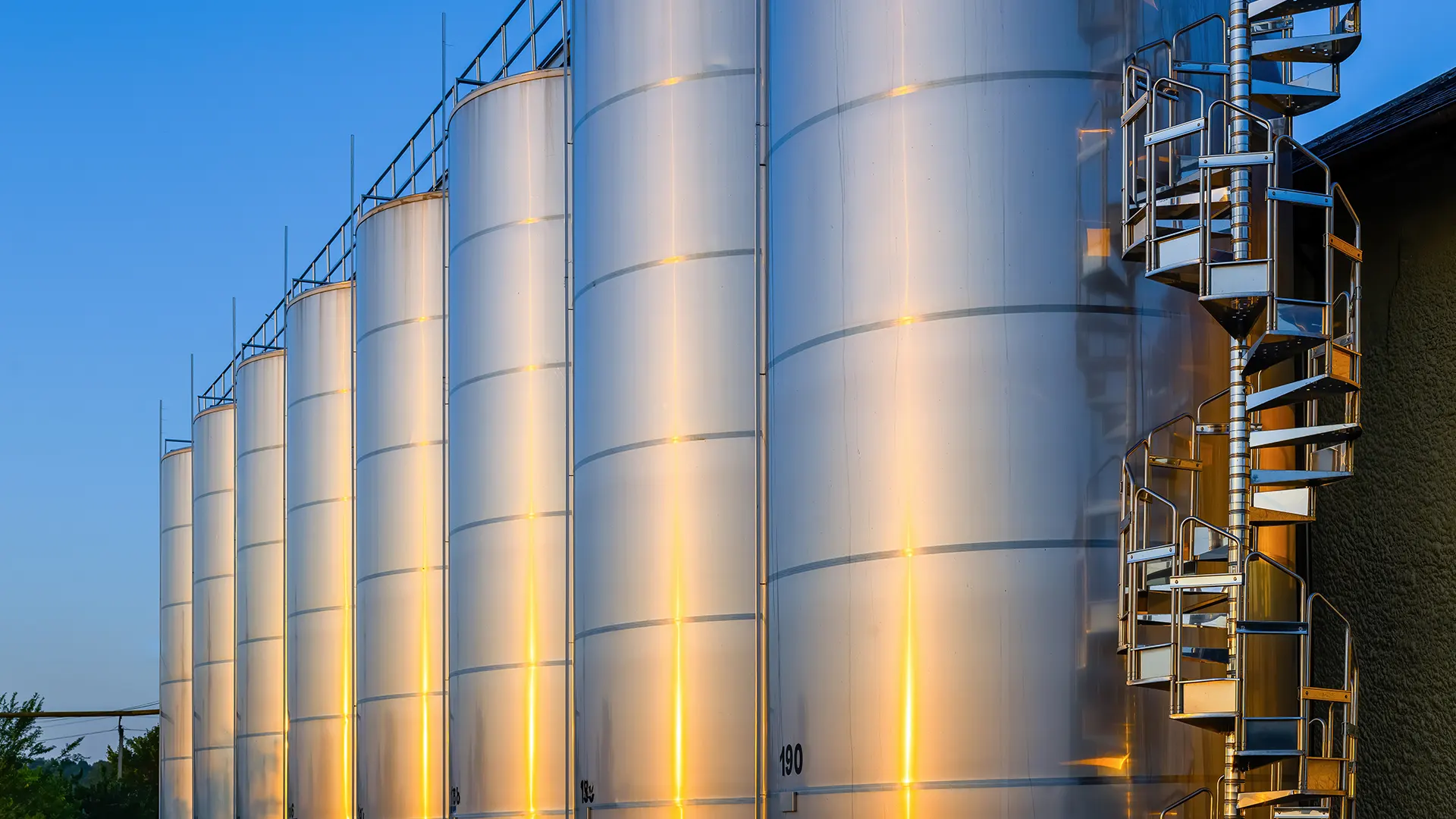Powering the Giants of Industry and Sea
All About Heavy Distillates
Heavy distillates, commonly known as heavy fuel oils (HFO) or residual fuel oils, represent the heavier fractions left after the lighter hydrocarbons are extracted from crude oil during refining. These fuels have a tar-like consistency, high density (up to about 1010 kg/m³ at 15°C), and high viscosity (up to 700 cSt at 50°C). Their chemical composition is complex, including paraffins, cycloparaffins, aromatics, olefins, asphaltenes, and heteroatoms such as sulfur, nitrogen, and metals.
Heavy distillates typically have carbon chain lengths greater than C20, extending beyond C50, making them heavier and less volatile than middle distillates. They are mainly used as bunker fuels for marine vessels, powering large marine diesel engines due to their cost-effectiveness compared to cleaner fuels. However, their combustion releases higher levels of pollutants such as sulfur oxides (SOx), nitrogen oxides (NOx), and particulate matter, raising environmental concerns. Regulatory bodies like the International Maritime Organization (IMO) have imposed restrictions on HFO use, especially in sensitive areas like the Arctic and Antarctic.

From Crude Residue to Marine Might
Heavy Distillates Applications & Uses
Heavy distillates serve mainly as marine bunker fuels, powering large ships and marine engines due to their cost-effectiveness and energy density :








